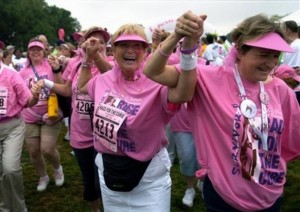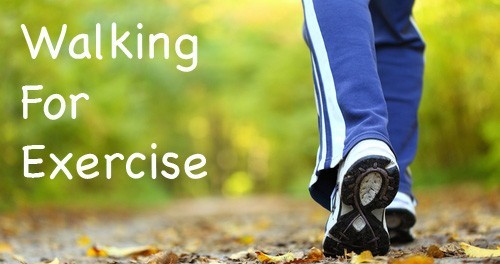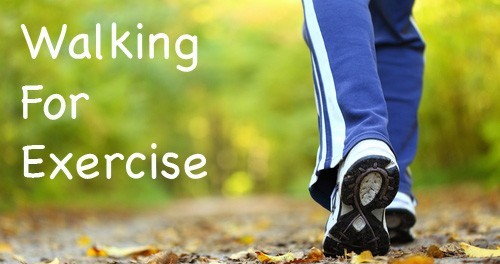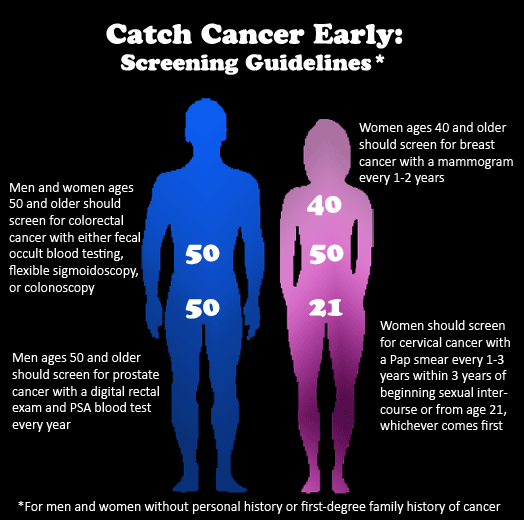Walk Talk Series
Day 58 – Walking Reduces Cancer Risk and Improves Survival
Affirmation of the Day
Today, I choose to focus on Life’s small gifts, a touch, a smile, a fragrance. Today, I choose the Good that Life has to offer.
 Today’s Walk: Health/Recovery Walk:
Today’s Walk: Health/Recovery Walk:
- 45-75 minute walk in the healthy heart zone 50-60% of your maximum heart rate
- Warm up with 5 minutes at a very easy pace
- Find a safe spot with a wall or pole to do a 5 minute easy stretching routine
- Now resume your walk at a comfortable pace End with 5 minutes of gentle stretching
Exercise: Abdominals Instructions
Walking Reduces Cancer Risk and Improves Survival
Preventing breast cancer or decreasing your risk is a goal of many women and their loved ones. New results from the Nurse’s Health Study shows that vigorous exercise for 7 hours a week – such as brisk walking – was associated with 20% less incidence of breast cancer.
The Nurse’s Health Study is following the lives and health of 121,701 registered nurses enrolled in 1976. The findings are published in the Archives of Internal Medicine. The nurses are surveyed every two years in this prospective study, which includes both pre-menopausal and post-menopausal women. The size of the survey and the fact that it is following women throughout their lives contributes to the integrity of its results.
The definition of brisk walking in the survey was walking 3 – 3.9 miles per hour. Walking faster was rated as very brisk. These were counted as “vigorous” physical activities. Walking at 3 to 3.9 miles per hour for most people is a rate where you may be breathing hard but would not be out of breath. Time spent in vigorous physical activity was surveyed. The results showed fewer breast cancer diagnoses in those who engaged in vigorous physical activity for 7 hours a week or more. The control group, by comparison, were those women who spent less than 1 hour a week in vigorous physical activity.
Other vigorous physical activities listed were jogging, running, bicycling, swimming, tennis and/or squash, calisthenics, aerobics, and use of a rowing machine.
Walking Improves Breast Cancer Survival
For those diagnosed and treated for breast cancer – start walking! Researchers from Brigham and Women’s Hospital and Harvard University drew on the Nurses’ Health Study, looking at 2296 women with stages I, II, and III breast cancer, diagnosed between 1984 and 1996.
Risk of death from breast cancer was reduced 19% in those who walked or did similar exercise 1-3 hours per week, by 54% for walking 3-5 hours per week (30 minutes a day would do it), 42% for those walking 5-7 hours per week (60 minutes a day) and 29% for those putting in over 7 hours of exercise per week.
“We were able to show that even a moderate amount of physical activity improved the odds of surviving breast cancer,” said lead investigator Michelle D. Holmes, M.D., Dr.P.H. “It is especially heartening for women recovering from breast cancer to know that the benefit is as readily accessible as walking for 30 minutes on most days of the week.”
Exercise Reduces Markers of Cancer Risk
Researchers from the Fred Hutchinson Cancer Research Center in Seattle studied 114 postmenopausal, overweight, sedentary women. They found that moderate exercise reduced markers of cancer risk.
Researchers put the women on a moderate exercise program of 45 minutes a day, five days a week, for a year. They tested them for two blood factors that show inflammation in the body – C-reactive protein (CRP) and serum amyloid A, which have been associated with cancer risk and survival. These factors are often elevated in overweight people.
“Among obese women, those with a body mass index of 30 or higher,” Cornelia M. Ulrich, PhD reported, “concentrations of CRP declined steadily over the course of the year from a baseline of 0.40 milligrams per deciliter to 0.32 milligrams. This effect of exercise on inflammatory markers may help to explain in part the associations observed between increased physical activity and reduced risk for cancer and other chronic disease.”




